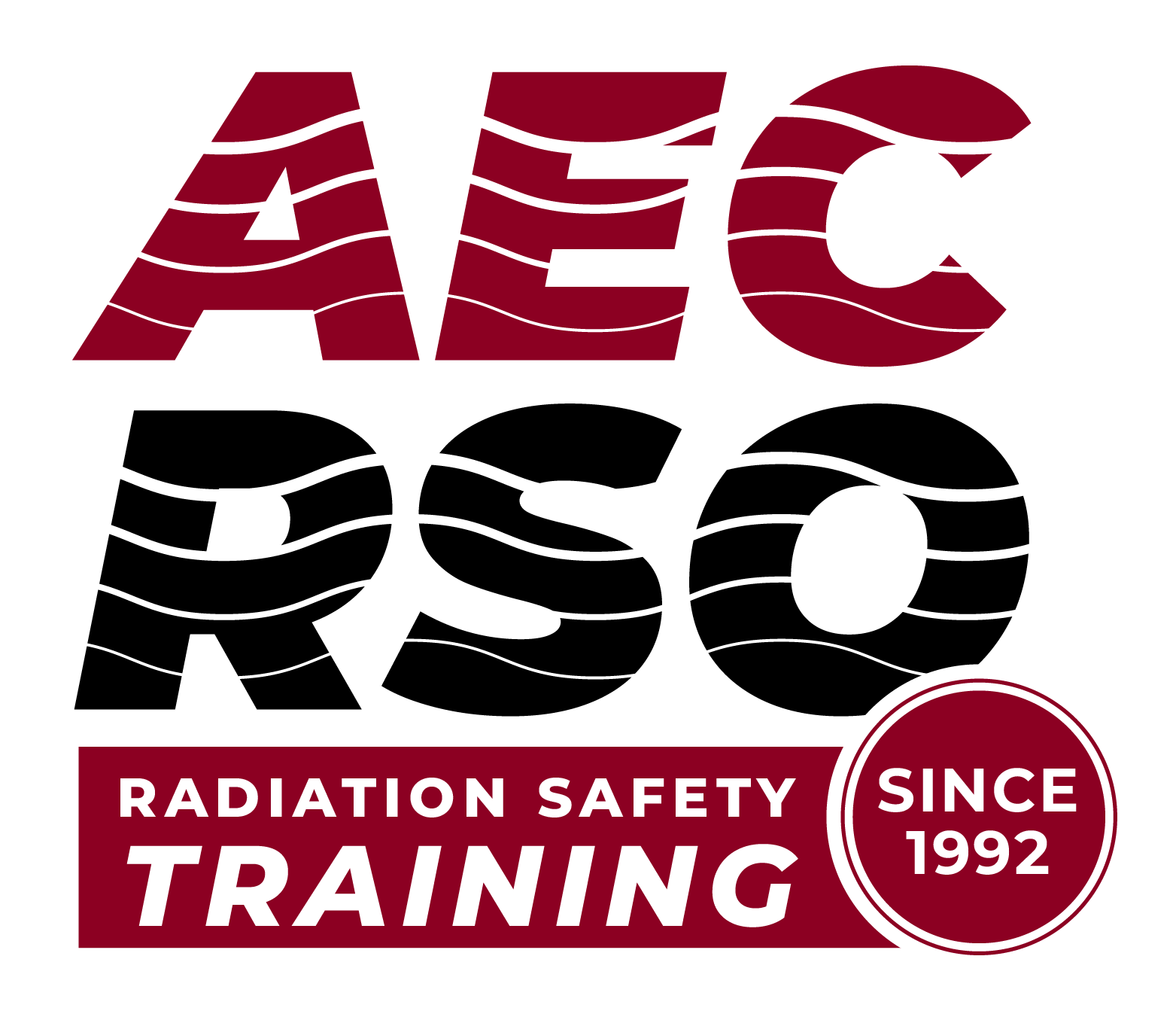TOPIC 2: Distance
Let’s explore radiation Protection techniques – DISTANCE.
—
Don’t stand near a source. Hopefully are thinking this is a good idea. When moving radioactive materials, place the radioactive material at a reasonable distance from the main work area until it is needed. Common sense tells us that if there is no reason for someone to be there, get them out of the way. Again think of the fire. Sometimes, it is just too hot for anyone to stay there. Moving back a few feet lowers the heat that reaches you. This is also the same with radiation. Moving away from the source greatly reduces the intensity, and hence, the dose from the source. There is a mathematical concept called the “inverse square law” that explains this idea. The math is in the Math Primer and we’ll discuss it here soon. The Inverse Square Law principle can be used for most types of energy being emitted from a point source, such as sound, light, vibrations, etc.
Using the fire as an example, the farther your distance from the flame, the less the heat you feel. For radiation, a hand would be exposed to more photons when it is closer to the source.
Note in the figures above that less radiation impacts the hand as distance from the source increases. This is due to spreading of the radiation over distance.
—
Now, let’s put a little math into the concept of the INVERSE SQUARE LAW. If I have a radiation field of 10 mR/hour at one foot from a source, what is it a 4 feet? Let’s walk this back in small increments of a foot at a time ….we go from 1 foot to 2 feet. So, 2 squared equals 4. The “inverse” of 4 is 1/4th. We multiply the 10 mR/hour times ¼ and get 2.5 mR/hour. Now, let’s go to 3 feet. 3 squared equals 9. The inverse of 9 is 1/9th. 1/9th times 10 is 1.1. Now, we go to 4 feet. 4 squared is 16. The inverse of 16 is 1/16th. 10 times 1/16th is 0.625. The radiation field drops from 10 to almost ½ by simply taking a 3-foot step back.
—
The inverse square law states that as distance increases, the intensity of gamma and X-radiation decreases by a factor of the square of the distance. The effect of this law is that the dose rate decreases rapidly as you walk away from a source, or the dose rate increases rapidly as you approach the source. There is an equation for the inverse square law. The inverse square law works for point sources only.
This equation does not work for radioactive material occupying a large volume in a pipe or vessel, or radioactive material spread out over a large area, for example, contaminated ground. There are other equations for those situations, but they are beyond the scope of this course.
You measure the intensity as the exposure rate. In this figure, a small source cylinder is on the right. At a distance r1 from the source the exposure rate is X1. As you move farther away from the source, you reach a greater distance seen in the figure as r2. The exposure rate Ẋ 2 is lower at the greater distance.
Get ready for the math next.
—
When the equation for the inverse square law is written, we commonly write r1 as closest to the source, r2 as farther from the source, Ẋ 1 is always the exposure rate at r1 ; Ẋ 2, is always at the position of r2. and Ẋ 1 is higher than the exposure rate X2
The basic inverse square law equation is:
Ẋ1 / Ẋ2 = r22 / r12
Where: Ẋ1 is the exposure rate at position 1 (closest to the source)
Ẋ2 is the exposure rate at position 2 (farthest from the source)
r1 is the distance from the source to position 1 (closest to the source)
r2 is the distance from the source to position 2 (farthest from the source)
Note: r1 and r2 are squared in the equation, so you will use the square function on the calculator and the square root (√) functions when solving for exposure rate.
—
Ẋ1, Ẋ2, r1, and r2 are the variables in the equation. You will know at least three of these variables and the remaining one is the unknown. You can rearrange the equation to solve for each of four possible unknown variables. Please refer to the Math Primer for all the variations.
Ẋ1 = ( r22 / r12 ) ∙ Ẋ2
The exposure rate at position 1 is equal to:
- The result of the distance to position 2 squared divided by the distance to position 1 squared
- Multiplied by the exposure rate at position 2
Ẋ2 = Ẋ1 / ( r22 / r12 )
The exposure rate at position 2 is equal to:
- The exposure rate at position 1 divided by
- The result of the distance to position 2 squared divided by the distance to position 1 squared
r1 = √ r22 / (Ẋ1 / Ẋ2 )
The distance to position 1 is equal to the square root of:
- The distance to position 2 squared divided by
- The result of the exposure rate at position 1 divided by the exposure rate at position 2
r2 = √ r12 ∙ (Ẋ1 / Ẋ2 )
The distance to position 2 is equal to the square root of:
- The distance to position 1 squared multiplied by
- The result of the exposure rate at position 1 divided by the exposure rate at position 2
—
View the example in the course and in the Math Primer.
